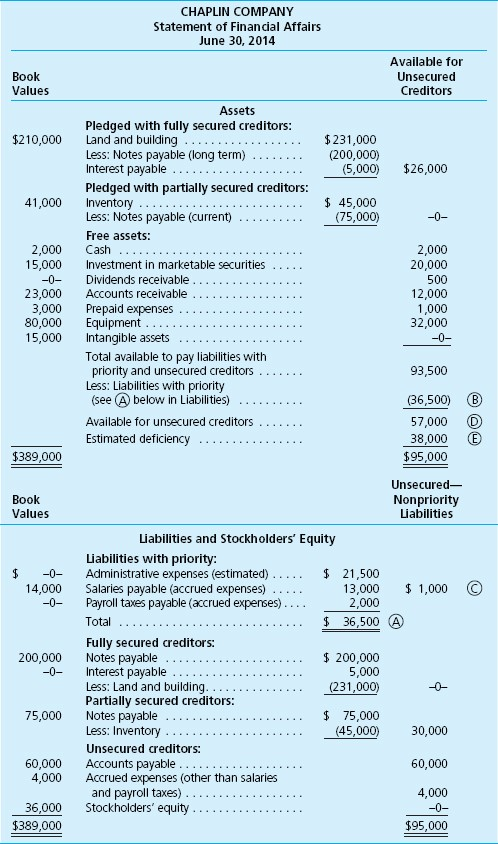Question
Corporation: Target is also considering structuring its business as a corporation, but is aware that there are a lot of complex issues to consider when
Corporation: Target is also considering structuring its business as a corporation, but is aware that there are a lot of complex issues to consider when accounting for an incorporated entity. The company is concerned about the following key areas: A. Differentiate between various forms of bankruptcy and restructuring that the firm should understand. 1. Summarize the key points of interest if the firm fell on hard times and had to file voluntary bankruptcy. What ethical implications should be considered when debating whether or not to file bankruptcy? 2. Identify the key areas of concern if the firm fell on hard times and their creditors forced them into bankruptcy. What defenses are available in this situation? 3. Illustrate hypothetical calculations that would be done to help creditors understand how much money they might receive if the company were to liquidate. Ensure all information is entered accurately. Please refer to the illustration (Exhibit 13.2) on page 592 from your textbook to view potential calculations.
Exhibit 13.2:

| 1. | The current and noncurrent distinctions usually applied to assets and liabilities are omitted from this financial statement. Because the company is on the verge of going out of business, such classifications are meaningless. Instead, the statement is designed to separate secured from unsecured balances. |
| 2. | Book values are included on the left side of the schedule but only for informational purposes. These figures are not relevant in a bankruptcy. All assets are reported at estimated net realizable value, whereas liabilities are shown at the amount required for settlement. |
| 3. | Page 594 Both the dividend receivable and the interest payable are included in Exhibit 13.2, although neither has been recorded to date by the company on its balance sheet. The payroll tax liability also is reported at the amount the company presently owes. The statement of financial affairs is designed to disclose currently updated figures. |
| 4. | Liabilities having priority are individually identified within the liability section (Point A). Because these claims will be paid before other unsecured creditors, the $36,500 total is subtracted directly from the free assets (Point B). Although not yet incurred, estimated administrative costs are included in this category because such expenses will be necessary for a liquidation. Salaries are also considered priority liabilities. However, the $1,000 owed to one employee in excess of the individual $12,475 limit is separated and shown as an unsecured claim (Point C). |
| 5. | According to this statement, if liquidation occurs, Chaplin expects to have $57,000 in free assets remaining after settling all liabilities with priority (Point D). Unfortunately, the liability section shows unsecured claims of $95,000. These creditors, therefore, face a $38,000 loss ($95,000 $57,000) if the company is liquidated (Point E). This final distribution is often stated as a percentage: Unsecured creditors can anticipate receiving 60 percent of their claims. An individual, for example, to whom this company owes an unsecured balance of $400 should anticipate collecting only $240 ($400 60%) following liquidation. However, this is merely an estimation. |
| 6. | If the statement of financial affairs had shown the company with more free assets (after subtracting liabilities with priority) than the total amount of unsecured claims, all of the creditors could expect to be paid in full with any excess money going to Chaplin's stockholders. |
Step by Step Solution
There are 3 Steps involved in it
Step: 1

Get Instant Access to Expert-Tailored Solutions
See step-by-step solutions with expert insights and AI powered tools for academic success
Step: 2

Step: 3

Ace Your Homework with AI
Get the answers you need in no time with our AI-driven, step-by-step assistance
Get Started


